Italian espresso extraction time parameters Italian espresso extraction pressure adjustment course
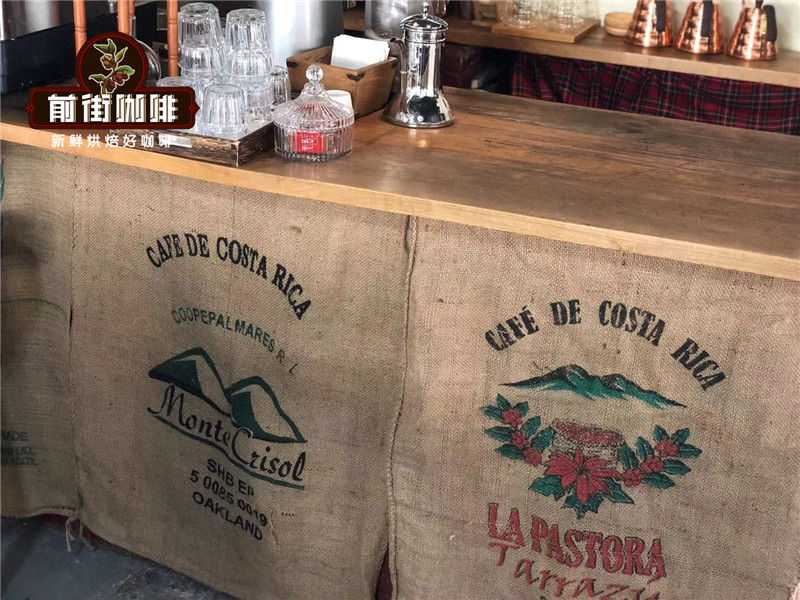
Professional coffee knowledge exchange more coffee bean information please follow the coffee workshop (Wechat official account cafe_style)
Friends who have read the Qianjie espresso extraction article have noticed that Qianjie rarely wants to explain the exact extraction time as hand-brewed coffee. Because the extraction of espresso requires not only the freshness and grindness of coffee beans, etc., but also the brand and model of coffee machine, the pressure of extraction, and the stability of water temperature, so even if the same blend of coffee beans is extracted in the hands of different people, the taste is different. So how should we determine the right parameters for mixing coffee beans on our hands?
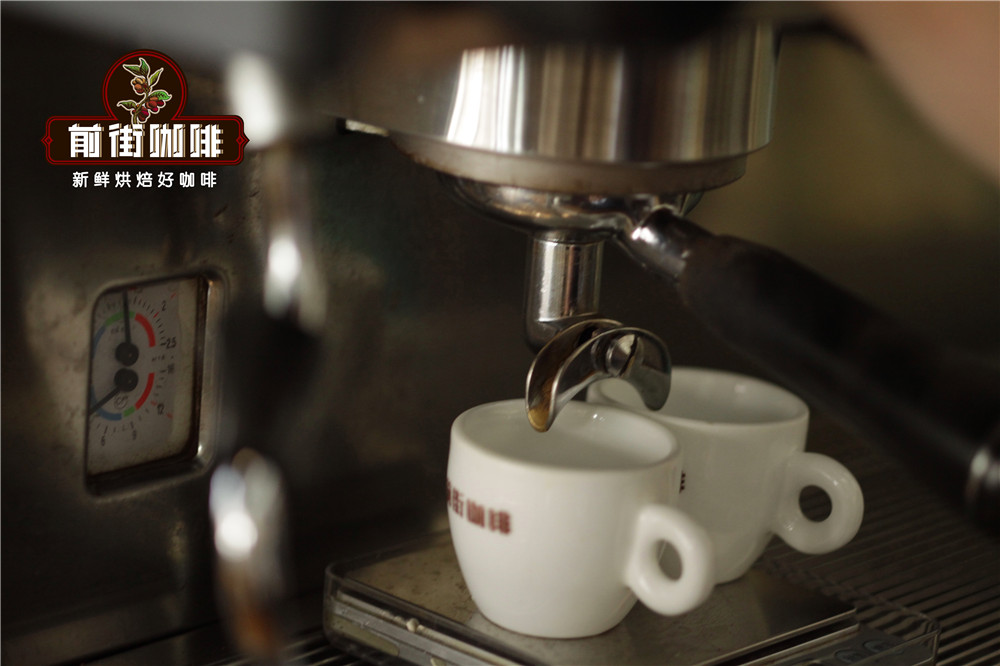
How do we customize the espresso extraction parameters suitable for our own coffee beans?
Coffee powder quantity
The amount of powder is roughly determined by the size of the powder bowl, and much less or more powder than the size of the powder bowl is not recommended. The amount of powder will affect the density of pressed powder, in the same intensity of filling, too little powder will be relatively sparse, resulting in fast flow rate, and then insufficient extraction, otherwise, the density is denser, the flow rate is slower and even difficult to extract coffee liquid. The amount of powder used in Qianjie coffee is: 7-9g for single concentrated and 18-20g for double concentrated. The amount of powder will be adjusted by the daily state of coffee beans.
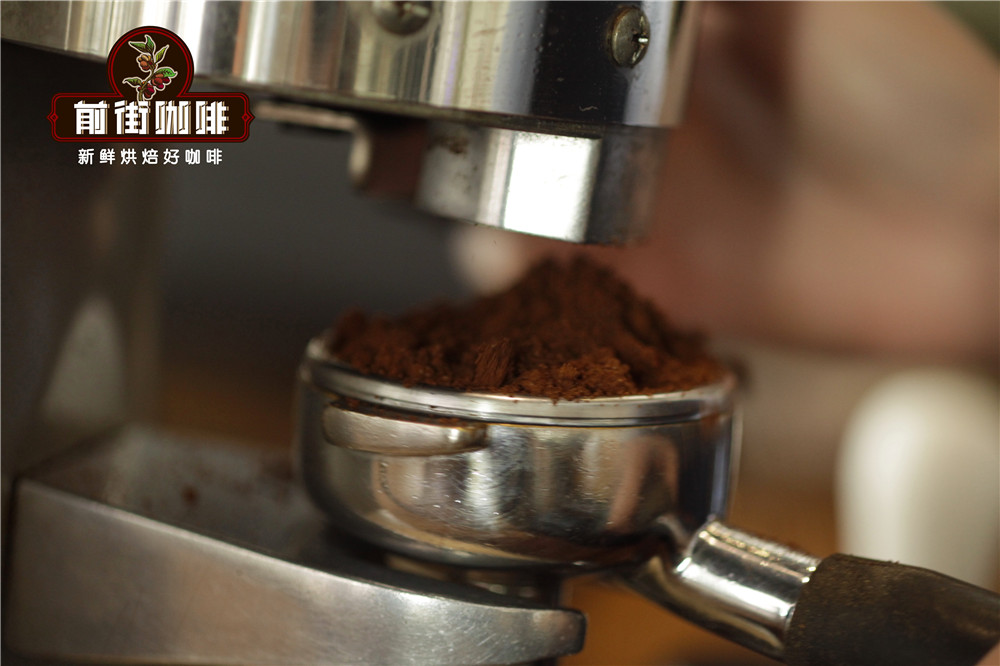
Ratio of espresso powder to water
The ratio here refers to the ratio of coffee powder to liquid coffee, which is usually between 1 and 2. 5. It is more common to use the ratio of 1:2, for example, 17g coffee powder to extract 34g coffee liquid. The proportion is affected by two factors, one is the amount of powder, the other is the amount of water, too low proportion will make the coffee very rich and heavy, easy to have the bitter taste caused by excessive extraction. On the contrary, if the proportion is too high, it will be dull and dull, as well as the acidity caused by insufficient extraction. The warm Sun blend beans used in Front Street Coffee use Sun Yega Shirley beans mixed with Honduran Shirley bucket coffee beans, because to highlight the smell of whisky, the powder-to-water ratio is usually 1. 9-1:2.
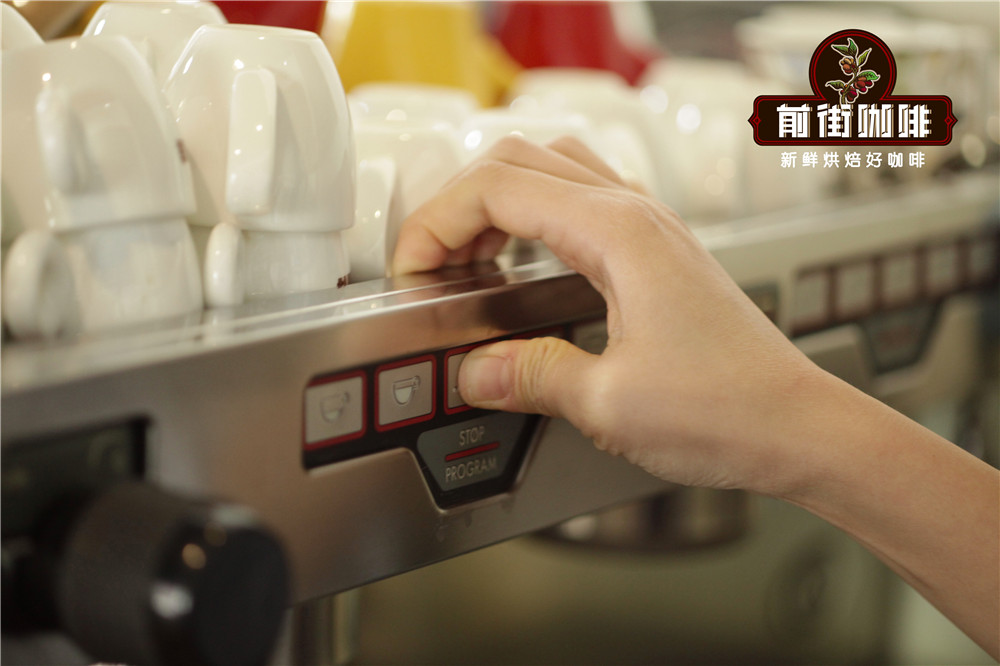
Extraction time
Time refers to the whole extraction time from the beginning to the end of the extraction by buckling the handle and pressing the extraction key. One of the factors that affect the extraction time is the degree of grinding and the other is the ratio. The proportion is relatively easy to understand, the proportion is high, and the more water needed for extraction, the longer the time will naturally be. The degree of grinding affects the thickness of coffee powder, and the thickness will directly affect the density of coffee pressed powder. The finer the coffee powder is, the denser the pressed powder is, the more difficult the water is to pass, and the time will be lengthened and it will easily lead to over-extraction.

The freshness of coffee beans will also affect the extraction time, too fresh coffee beans will accumulate too much carbon dioxide, under high pressure extraction, coffee oil and carbon dioxide will be emulsified, thus the extraction time will be longer. If the coffee bean is not fresh, the water absorption of the bean itself will be weakened, so the speed of water passing through will be faster and the extraction time will be shorter.
Velocity of flow
The flow rate is the velocity of the coffee liquid, and the final goal of our extraction parameters is actually the result of a flow rate. Our espresso needs to start dripping the first drop of coffee in the fifth second after pressing the extraction button, followed by the uniform flow of the extracted coffee. In half of the cases, Qianjie used 18-20g powder to extract 35-40ml coffee liquid, and the extraction time was between 27-30s. The speed of flow rate will directly reflect the question of whether the grinding degree and proportion are appropriate or not.
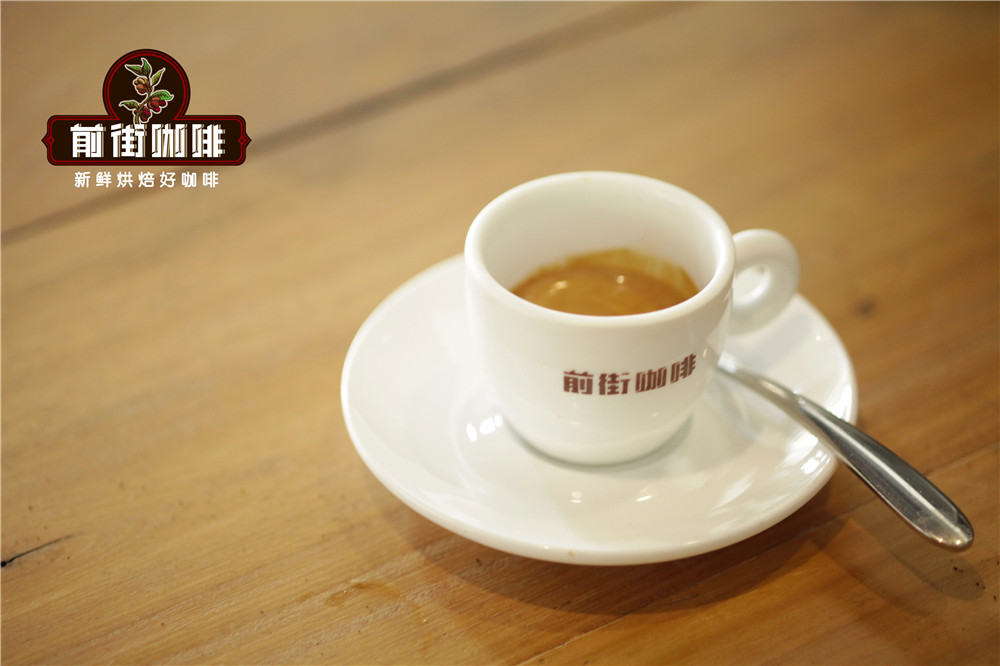
pressure
The average extraction pressure of the coffee machine is about 9bar, which is determined by the performance of the coffee machine. If the pressure is low, the extraction efficiency is low, and if the pressure is too high, it is easy to extract too much. So remember to compare the parameters when buying a coffee machine. The more expensive the better.
Water temperature
The water temperature is generally between 90 and 94 degrees Celsius, the water temperature is too high, it is easy to extract too much, the coffee taste is easy to be bitter and astringent, and the low water temperature is easy to lack extraction, which leads to the sharp taste of coffee.
How should we adjust when the flow rate of coffee is too fast / too slow?
The flow rate of espresso depends on several factors, such as the degree of grinding, the strength of filling and the state of coffee beans. The thickness of grinding is one of the key factors affecting the flow rate. The coarser the degree of grinding is, the faster the flow rate is, and vice versa. The fast flow rate may also be caused by insufficient filling pressure. The state of coffee beans is also a factor affecting the flow rate of espresso, including the roasting degree of coffee beans and the freshness of coffee beans (exhaust state).
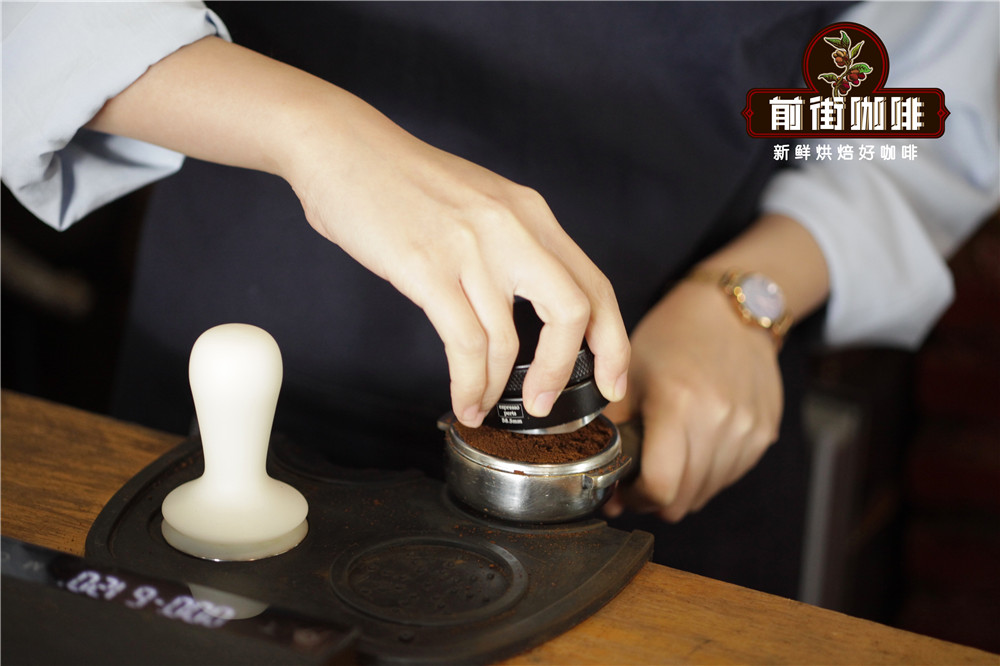
Therefore, when the flow rate of espresso is too fast / too slow, you might as well check one by one and adjust the extraction parameters as soon as possible. First of all, check the state of coffee beans, because it is relatively easy to check, and the second is to check whether the extraction parameters are accurate, the amount of powder liquid and the intensity of filling are accurate, you can first adjust the ratio of powder to water, and adjust the flow rate by increasing or decreasing the amount of powder / reducing powder. in order to obtain the fastest adjustment efficiency, and then adjust the grinding degree when all factors are excluded. How to calculate the concentration of espresso in the suitable range of extraction rate?
The concentration indicates the proportion of the "extracted coffee substance" to the total coffee liquid in a cup of coffee. The coffee concentration is between 8% and 12%. The extraction rate indicates the proportion of "extracted coffee substance" to the total weight of coffee beans. The extraction rate is between 18% and 22%.
| how to determine the concentration of espresso?
First of all, calibrate the concentration tester and clear the zero standard with pure water. Then stir the extracted espresso, and use the titration tube to extract the central coffee liquid, put it into the coffee concentration tester, press the determination key, try to determine the value many times, until the value is stable. | how to calculate the extraction rate of espresso?
Extraction rate = concentration + coffee liquid weight) / coffee bean weight.
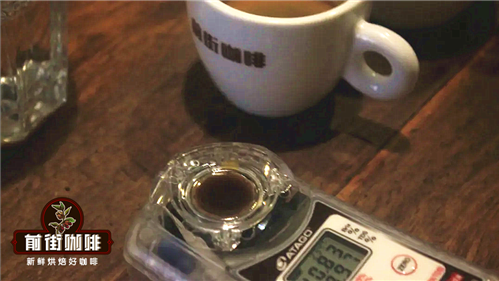
The front street uses sun Yega Shirley and Honduras Shirley to match the coffee beans. It takes 28 seconds to extract 40ml coffee liquid with 19g powder. The coffee concentration measured by coffee concentration meter was 8.97%. Then the extraction rate is (8.97 × 37) / 18 ≈ 18.44%, so the espresso extracted by Qianjie this time is 8.97% espresso with an extraction rate of 18.44%, which belongs to the espresso within the golden cup. Is the coffee in the golden cup sure to taste good?
Of course, the golden cup of coffee is not necessarily a good cup of coffee, coffee is a very personal and subjective drink, constantly trying to find your favorite coffee is the right thing to do. The Golden Cup is just a reference system for us to adjust our coffee.
For more boutique coffee beans, please add private Qianjie coffee on Wechat. WeChat account: kaixinguoguo0925
Important Notice :
前街咖啡 FrontStreet Coffee has moved to new addredd:
FrontStreet Coffee Address: 315,Donghua East Road,GuangZhou
Tel:020 38364473
- Prev
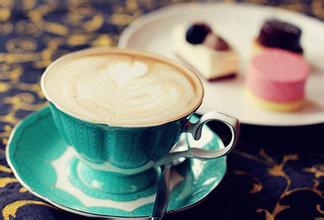
Introduction to the flavor description and taste characteristics of Robastian coffee beans
The Robusta coffee bean is originated in Congo, Africa, and its output is 20% 30% of the world's output. It is suitable for lowlands below 500 meters. It has strong adaptability to the outside world, can resist bad climate, resist diseases and insect pests, and can be allowed to grow in the wild. It is a kind of coffee tree that is easy to cultivate. It is generally used to make instant coffee Robasta coffee tree originating in the Congo of Africa.
- Next
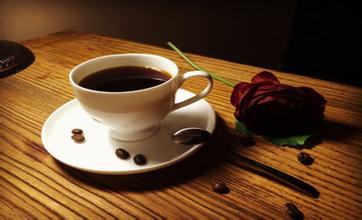
Introduction to the method of grinding degree of varieties describing the taste characteristics of Italian-style coffee
Espresso usually takes 7 grams of coffee powder and 40 to 65 milliliters of water to make a small espresso. If you want the coffee to be stronger, you can reduce the amount of water. Boiled Espresso should be placed in a thick, small coffee cup that is pre-heated, and it will not taste until it is hot. The coffee beans that make espresso are usually Arabica beans. Do you use single beans?
Related
- Beginners will see the "Coffee pull flower" guide!
- What is the difference between ice blog purified milk and ordinary milk coffee?
- Why is the Philippines the largest producer of crops in Liberia?
- For coffee extraction, should the fine powder be retained?
- How does extracted espresso fill pressed powder? How much strength does it take to press the powder?
- How to make jasmine cold extract coffee? Is the jasmine + latte good?
- Will this little toy really make the coffee taste better? How does Lily Drip affect coffee extraction?
- Will the action of slapping the filter cup also affect coffee extraction?
- What's the difference between powder-to-water ratio and powder-to-liquid ratio?
- What is the Ethiopian local species? What does it have to do with Heirloom native species?

